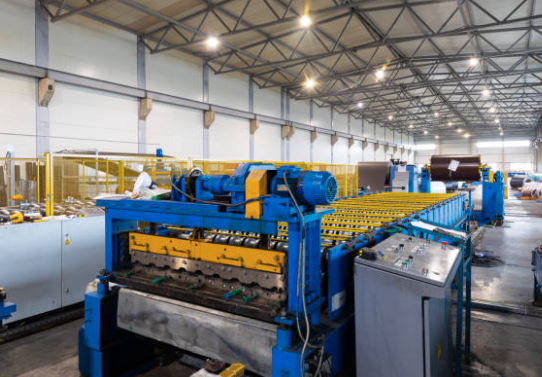
Posted on Saturday, October 12, 2024
When starting a roll forming business, selecting the right roll forming machine is crucial for ensuring your operations run smoothly and profitably. With various types of roll forming machines available, understanding their capabilities and how they align with your target market is essential. Here’s a comprehensive guide to help you choose the best roll forming machine for your startup.
Choosing the right roll forming machine is a pivotal decision for your startup. By understanding the various types of machines and their capabilities, as well as considering your target market and production needs, you can make an informed choice that aligns with your business goals. Investing in the right equipment will set the foundation for efficient operations, quality production, and long-term success in the roll forming industry.

Most Popular Roll Forming Machines in the United Kingdom
Posted on Thursday, December 11, 2025
This blog breaks down the five most in-demand roll forming machines in the UK

Can I Finance a Roll Forming Machine?
Posted on Thursday, December 11, 2025
Financing a roll forming machine is easier than most buyers think. Here’s how leases, loans, and payment plans make production affordable.

Roll Forming Machines for Sale in the UK: What Buyers Need to Know Before Purchasing
Posted on Thursday, December 11, 2025
This complete guide explains everything UK buyers must know before purchasing, including machine types, voltage requirements, CE/UKCA compliance

Roll Forming Machines for Sale in the USA: What Buyers Need to Know Before Purchasing
Posted on Wednesday, December 10, 2025
This guide explains everything U.S. buyers need to know before purchasing a roll forming machine, including machine types, pricing, voltage
Copyright 2026 © Machine Matcher.